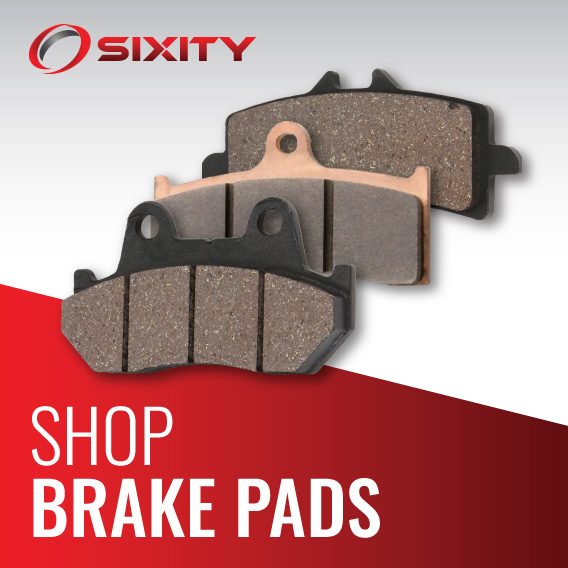Motorcycle brake buying basics
There are basically three main types of brake pad materials: sintered, organic, and semi-sintered. What you choose depends on your personal preference after weighing the pros and cons, and whether you ride on the street or track.
Organic brake pads use friction material made of carbon-based components like glass, ceramic, and other fibers. Organic pads tend to have a soft initial bite and less overall performance than sintered pads, but they are quieter and have a shorter break-in period. They also tend to produce a bit more brake dust, and don’t do as well in wet, dry or cold conditions as sintered pads. On the other hand, they’re easy on the rotors, and are the least expensive option.
Sintered pads are made from metals, usually copper alloy, along with shards of other materials. With good initial bite and lasting power, they are designed for moderately aggressive use, ready to withstand higher temperatures. Typically the choice for track days and sport street riding, they have a ceramic coated backing plate to dissipate heat. Sintered pads come up to temperature very fast, offer great stopping power in all kinds of weather conditions, and last a while. On the other hand, they are more expensive than organic pads and can wear rotors abnormally.
Semi-sintered pads, as the name suggests, offer a mix of organic and sintered materials. They deliver a versatile braking performance that manufacturers experiment with to better fit a rider’s personal preference. Both performance and price-wise, semi-sintered pads are in the middle of the range. They are a long-lasting brake pad and cause little rotor wear. They’re good for wet and/or dry conditions, for touring, street, motocross, and dual sport.
Return to Sixity Resource Center



